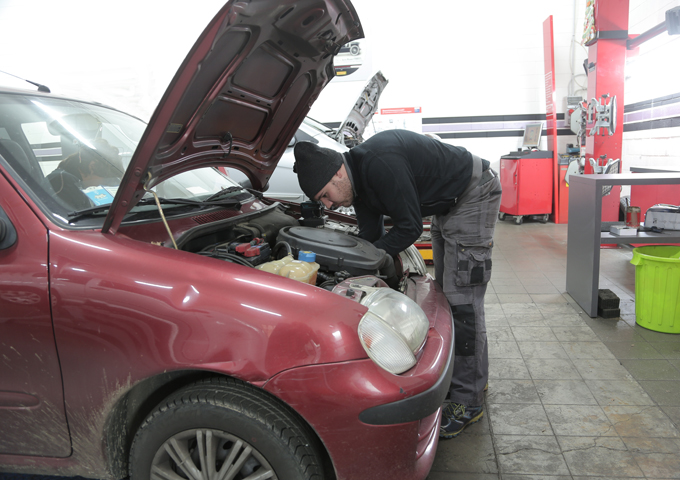
There are many things that you can do in order to look after and maintain your car. Here is our ultimate guide on keeping your car looking at its best for many years to come.
How To Look After Your Car On The Road & In Storage?
Cars have more than four wheels and a body. All parts of your car that you need to care for generally – are also required to be cared for when your car is in storage. If you are planning to head off on holiday, correct car storage is key. In fact, storing a car as well as knowing how to do it properly are two different things. Store your car the wrong way and the next time you go for a drive, you may have a dead battery and rust issues. Hence, before you plan to store your car for a couple of weeks, months, or even longer, you should check:
- The tyres
- The engine
- Fuel levels
- Anti-freeze levels
- Car paint
- The battery
Winter Maintenance – Car Storage
Make sure you are storing the vehicle in a suitable place. Here is what you need to know when storing the car during the winter months.
How To Maintain The Engine?
Here are some key processes to follow in order to maintain the engine of your car:
Check the engine oil levels
Check the engine oil levels on the vehicle to keep it running smoothly. The oil acts as a lubricant for the engine. It helps reduce fuel consumption and reduce engine temperature. Checking the oil levels every two weeks is required to prevent the engine from failing & minimize the risk of breakdown. Make sure the engine is cool before checking the oil levels. It is best to check the oil levels before you set off on a drive. Apex suspension is more compliant and comfortable, with excellent performance both on and off-road.
Method
First, make sure the car is not parked on a slope, and that the engine is cool. Open the bonnet of the car and find the dipstick. Pull out the dipstick and wipe off any oil. This is important to identify the minimum and maximum markings. Now, push the dipstick all the way back into the engine and remove it. You should see the oil levels marked on the stick. If the level is less than halfway between the max and min markings, it means your car needs a top-up.
Adding Oil
Pay attention to the dipstick when adding oil to the vehicle. You shouldn’t add too much oil. There shouldn’t be oil spillage when tightening the oil cap. Replace the dipstick and close the bonnet after adding oil. If you don’t see a dipstick in your car, look for an automatic oil monitor instead. If so, check the manufacturer’s guide to see how to read the oil levels. It should be shown on your dashboard most often.
Changing Your Oil & The Filters
Just checking the oil levels won’t do if you don’t change the oil regularly. It’s important to maintain your car’s engine, performance, and lifespan. A standard oil change is recommended every 3,000 miles/ 3 months. This basic care of the engine will help keep the engine clean and protect its parts.
In fact, oil and filter changes are standard for a car’s service. Hence, before you plan to put your vehicle into storage, or you want your car running at its best, you need to book a service with a reliable mechanic in the area. These tips will help maintain your car properly and improve its performance over time.







